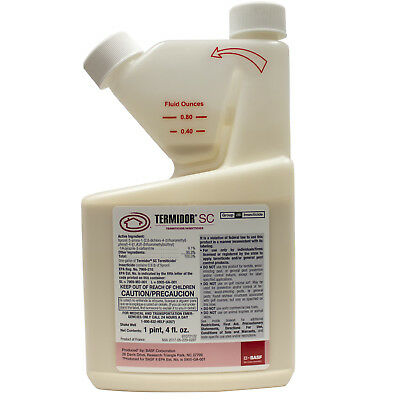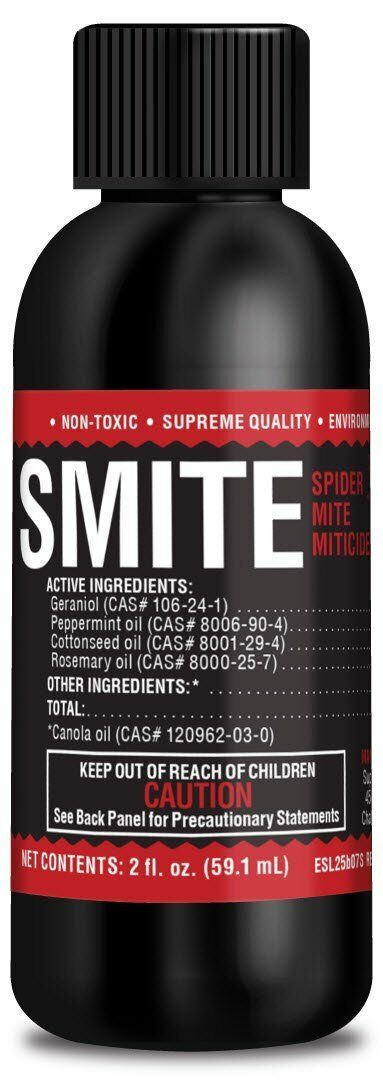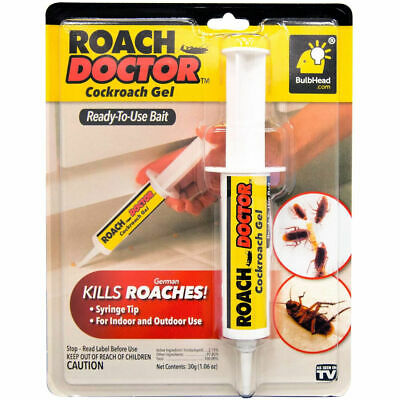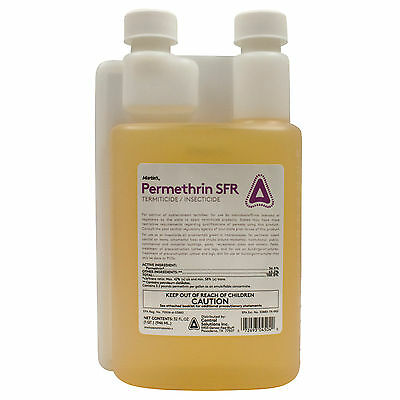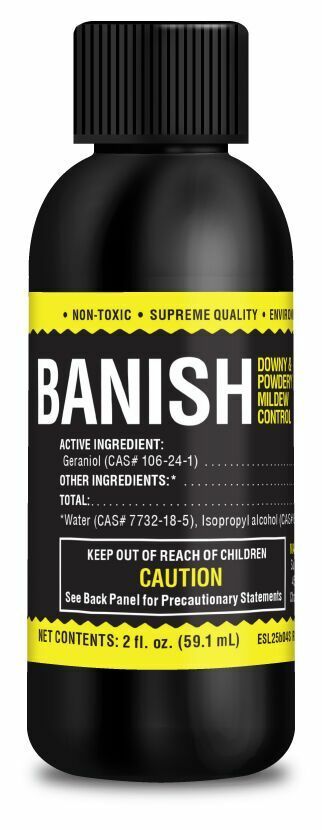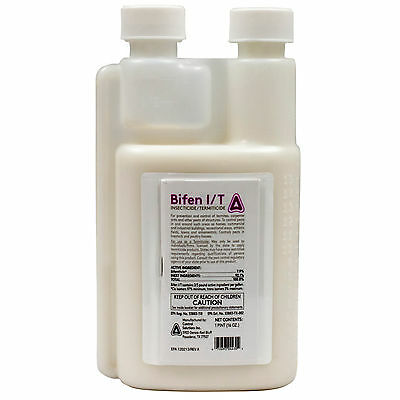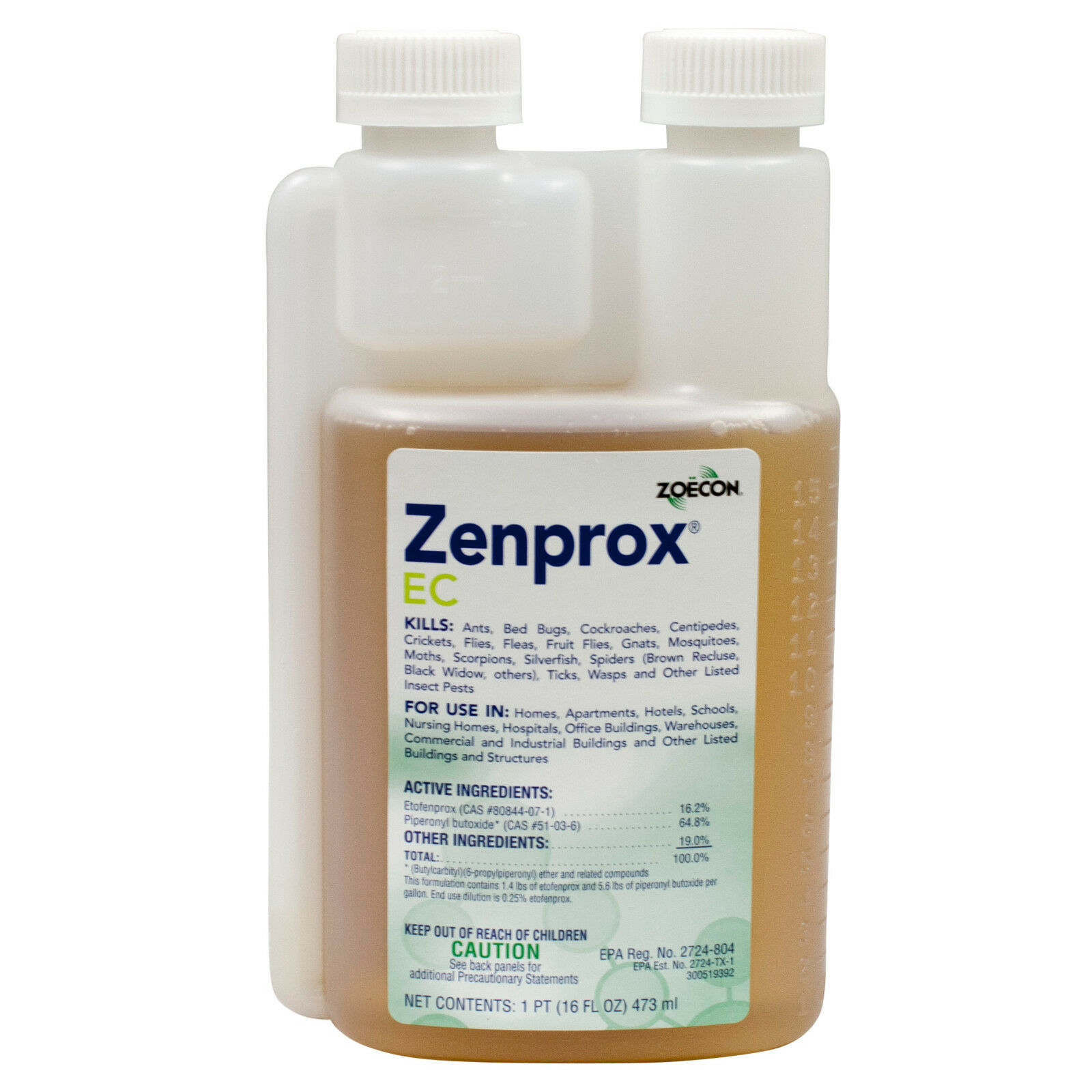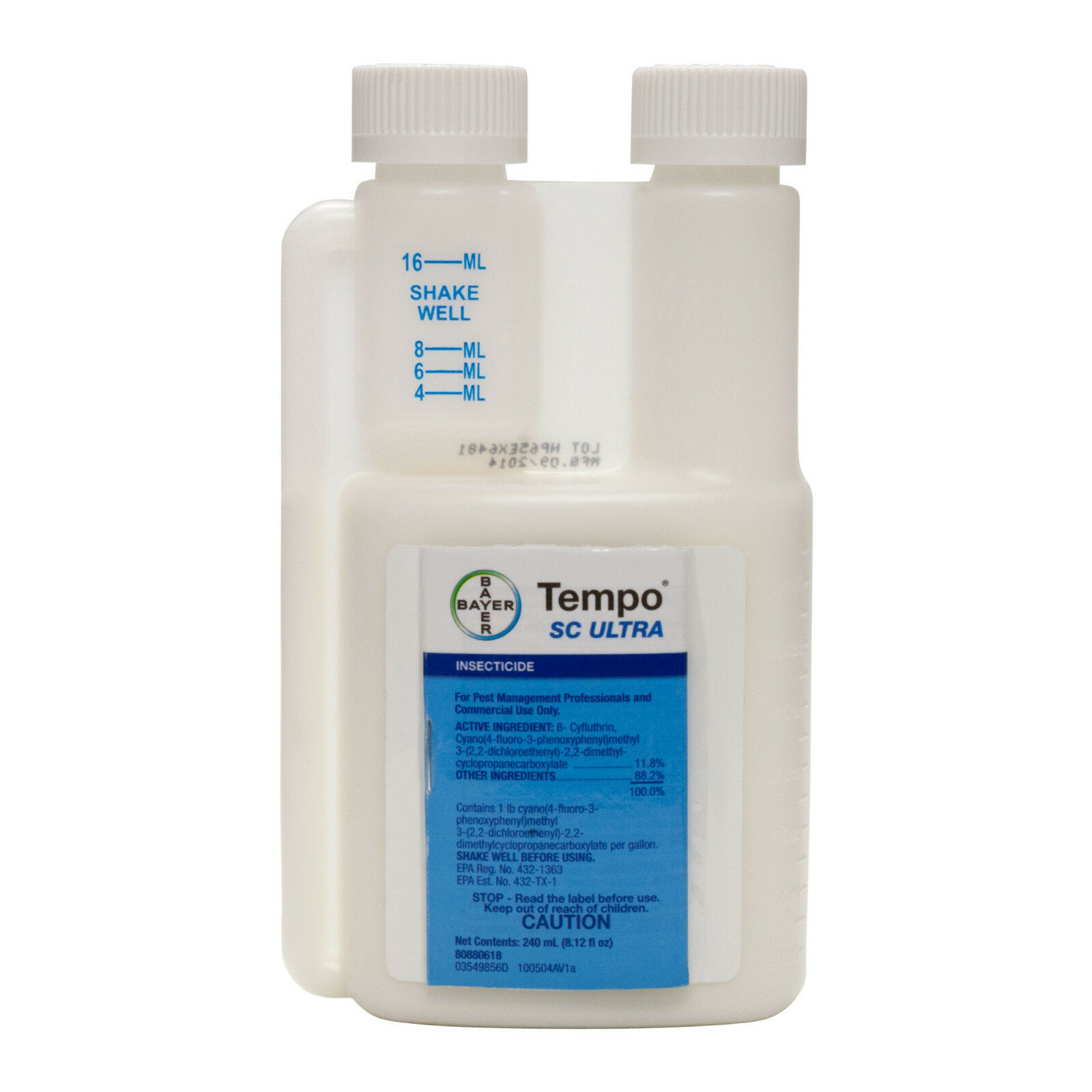-40%
Syngenta Demand CS Microencapsulated Insecticide, 8 fl oz, 9.7% active ingred
$ 16.89
- Description
- Size Guide
Description
Product: Syngenta Demand CSActive ingredient: 9.7%, and is a synthetic 4th - 5th generation pyrethroid, Class 3A sodium channel modulator insecticide.
State: Liquid, microencapsulated
Quantity: 8 fluid ounces
EPA Reg. No.: 100-1066
Read and understand the product instructions attached to the product bottle before using. This product is very safe
when used as instructed
.
Intended use of product: Broad spectrum insecticide, long duration effectiveness. Enhanced using microencapsulation to promote adhesion to the insect and subsequent mingling with its cohorts, spreading the insecticide. In other words, this will kill just about any insect and will continue doing so over from a few days (as in a yard application) to months (as in a crawl space protected from moving water and sunlight)
Not for use:
Around aquatic life (extremely toxic to fish) or beneficial insects. Other restrictions apply as explained in the product literature.
* Do not apply through any type of irrigation system
* Do not apply to edible crops
* Do not apply by aerial application
* Do not apply to budding or flowering plants subject to pollination by bees.
* Do not apply within 25 feet of lakes, reservoirs, rivers, permanent streams, marshes or natural ponds, estuaries and commercial fish farm ponds.
This type of insecticide is very toxic to aquatic life.
* Do not make broadcast applications to turf and ornamentals when wind speed is 15 mph or greater.
* In the State of New York, do not apply within 100 feet of coastal marshes or stream that drain into coastal marshes.
Syngenta Demand CS, Karate and Warrior use the same active ingredient, and is similar to Bayer Deltagard and K-Othrine in that both use a microencapsulation delivery system and are advanced Class 3A synthetic pyrethroid insecticides which keep cellular sodium channels open. Bayer Tempo SC Ultra uses a slightly different active ingredient, beta *******, that uses microcrystallization suspension as a delivery system.
Shake well before using
Protect from freezing.
Use with soap or detergent will likely negatively affect performance by interacting with the microcapsules.
******************************************************
Syngenta Demand CS - Labeled Insects
Section 3 Label(s)
Ants
Aphids
Armyworm
Azalea caterpillar
Bagworms
Bed bugs
Bees
Beetle
Billbug
Black turfgrass ataenius (adult)
Black vine weevil (adult)
Bluegrass billbug (adult)
Boxelder bugs
Broadmite
Brown soft scale
Budworm
California oakworm
California red scale (crawler)
Cankerworm
Carpenter bees
Carpet beetles
Carrion Beetles
Centipede
Chiggers
Chinch bug
Cigarette beetles
Clover mite
Cluster flies
Cockroaches
Confused flour beetles
Crickets
Cutworm
Darkling beetles
Earwigs
Eastern tent caterpillar
Elm leaf beetles
European sawfly
Fall webworm
Fire ants
Firebrats
Flea (adult)
Flea beetle
Fleas
Flies
Forest tent caterpillar
Grasshopper
Grubs
Gypsy moth larvae
Hide Beetle
Hornets
Hyperodes weevil (adult)
Imported fire ants
Japanese beetle (adult)
June beetle (adult)
Lace bugs
Leaf skeletonizer
Leaf-feeding caterpillar
Leafhopper
Leafminer (adult)
Leafrollers
Lesser grain borer
Litter beetles
Mealybug
Midges
Millipede
Mites
Mole cricket
Mole crickets(nymphs and young adults)
Mosquito
Oleander moth larvae
Pillbug
Pine sawfly
Pine shoot beetle
Pineneedlescale (crawler)
Pinetip moth
Plant bugs
Red flour beetles
Rice weevil
Root weevil
Sawfly
Saw-toothed grain beetles
Scale insects (crawlers)
Scorpions
Silverfish
Sod webworm
Sowbugs
Spider
Spider mite
Spider Mite, Spruce
Spittlebug
Striped beetles
Striped oakworm
Termites
Termites, (above ground only)
Thrips
Tick
Tip moth
Tussock moth larvae
Twospotted spider mite
Wasps
Whiteflies
Section 2ee Label(s) - State specific
Brown marmorated stink bug
Elm seed bug
Kudzu stink bug
Spotted lantern fly
********************************************************************
Additional background data on the active ingredient in Syngenta Demand CS from the NPIC
This fact sheet was created in 2001; some of the information may be out-of-date. NPIC is not planning to update this fact sheet. More pesticide fact sheets are available here. Please call NPIC with any questions you have about pesticides at 800-858-7378, Monday through Friday, 8:00 am to 12:00 pm PST.
NPTN General Fact Sheets are designed to answer questions that are commonly asked by the general public about pesticides that are regulated by the U.S. Environmental Protection Agency (U.S. EPA). This document is intended to be helpful to professionals and to the general public for making decisions about pesticide use.
Lambda-*******
(General Fact Sheet)
Please refer to the
Technical Fact Sheet
for more technical information.
The Pesticide Label:
Labels provide directions for the proper use of a pesticide product.
Be sure to read the entire label before using any product.
A signal word on each product label indicates the product’s potential hazard.
CAUTION - low toxicity WARNING - moderate toxicity DANGER - high toxicity
What is lambda-*******?
* It is an insecticide registered by the U.S. Environmental Protection Agency (EPA) in 1988 (1).
* It belongs to a Group 3A class of chemicals called pyrethroids. Pyrethroids are manmade chemicals that are similar to the natural insecticides pyrethrins. Scientists developed pyrethroid insecticides to have properties better than those of the pyrethrins (2).
* It is a colorless to beige solid that has a mild odor. It has a low water solubility and is nonvolatile (2, 4).
* Signal words for products containing lambda-******* range from Caution to Danger (5). The signal word reflects the combined toxicity of lambda-******* and other ingredients in each product. See the
Pesticide Label
box above.
* Lambda-******* products come in various forms including powders, pellets, liquids, small capsules, and ear tags containing the chemical (5).
How does lambda-******* work?
* Pyrethroids, including lambda-*******, disrupt the normal functioning of the nervous system in an organism (2). By disrupting the nervous system of insects, lambda-******* may cause paralysis or death (4). Temperature influences insect paralysis and the toxicity of lambda-******* (6).(Sodium channel modulator)
Exposure:
Effects of lambda-******* on human health and the environment depend on how much lambda-******* is present and the length and frequency of exposure. Effects also depend on the health of a person and/or certain environmental factors.
* Lambda-******* affects a variety of indoor and outdoor insects when they eat or touch the chemical (4).
* Lambda-******* has properties that may repel insects (4).
LD50/LC50:
A common measure of acute toxicity is the lethal dose (LD50) or lethal concentration (LC50) that causes death (resulting from a single or limited exposure) in 50 percent of the treated animals. LD50 is generally expressed as the dose in milligrams (mg) of chemical per kilogram (kg) of body weight. LC50 is often expressed as mg of chemical per volume (e.g., liter (L)) of medium (i.e., air or water) the organism is exposed to. Chemicals are considered highly toxic when the LD50/LC50 is small and practically non-toxic when the value is large. However, the LD50/LC50 does not reflect any effects from long-term exposure (i.e., cancer, birth defects, or reproductive toxicity) that may occur at levels below those that cause death.
What are some products that contain lambda-*******?
* Demand®
* Karate®
* Warrior®
How toxic is lambda-*******?
Animals
Laboratory Testing
: Before pesticides are registered by the U.S. EPA, they must undergo laboratory testing for short-term (acute) and long-term (chronic) health effects. Laboratory animals are purposely fed high enough doses to cause toxic effects. These tests help scientists judge how these chemicals might affect humans, domestic animals, and wildlife in cases of overexposure. When pesticide products are used according to the label directions, toxic effects are not likely to occur because the amount of pesticide that people and pets may be exposed to is low compared to the doses fed to laboratory animals.
* When eaten, lambda-******* is highly toxic to mice and moderately toxic to rats (2). See boxes on Laboratory Testing, LD50/LC50, and Toxicity Category.
* It is a product is moderately toxic when inhaled (1).
* It is moderately toxic when applied to the skin of rats (2).
* In skin irritation studies, it caused no skin irritation in rabbits (2). The EPA classifies it as very low in toxicity for skin effects (3).
Toxicity Category
High
Toxicity
(Danger)
Moderate Toxicity
(Warning)
Low Toxicity
(Caution)
Very Low Toxicity
(Caution)
Oral
LD50
Less than 50 mg/kg
50 - 500 mg/kg
500 - 5000 mg/kg
Greater than 5000 mg/kg
Dermal LD50
Less than 200 mg/kg
200 - 2000 mg/kg
2000 - 5000 mg/kg
Greater than 5000 mg/kg
Inhalation LC50
Less than 0.05 mg/l
0.05 - 0.5 mg/l
0.5 - 2 mg/l
Greater than 2 mg/l
Eye Effects
Corrosive
Irritation persisting for 7 days
Irritation reversible within 7 days
Minimal effects, gone within 24 hrs
Skin Effects
Corrosive
Severe irritation at 72 hours
Moderate irritation at 72 hours
Mild or slight irritation









